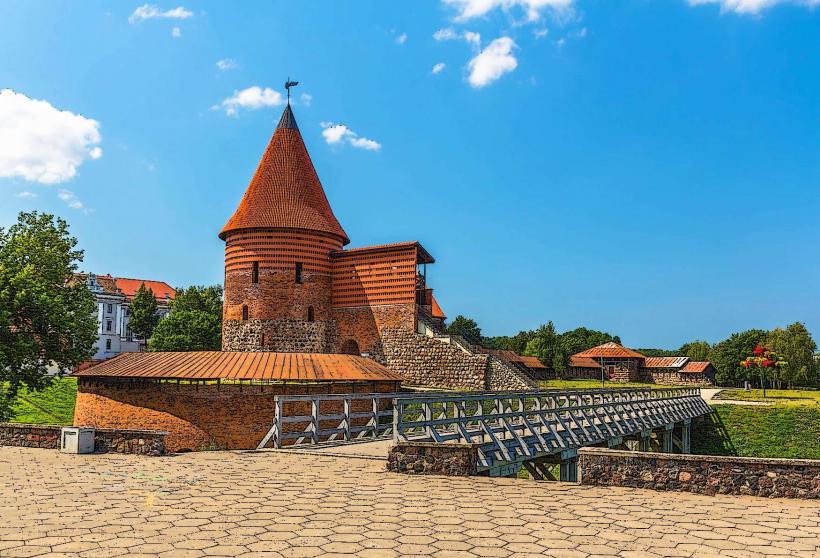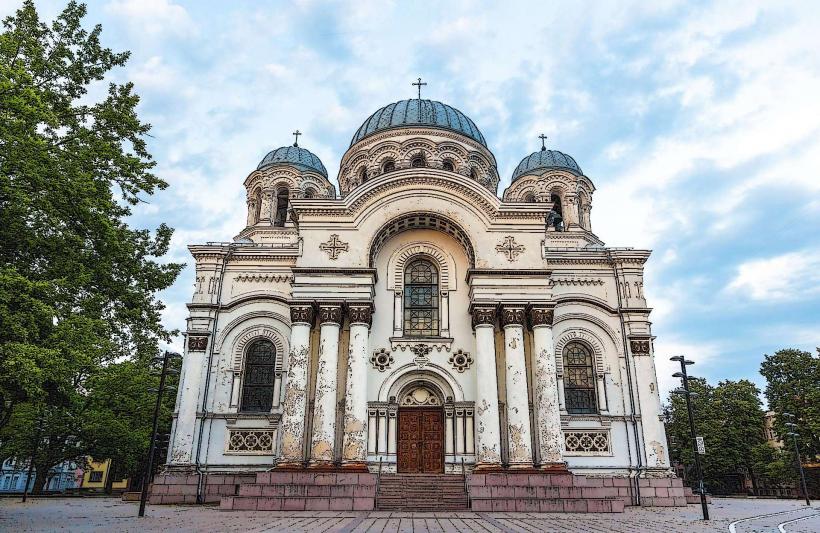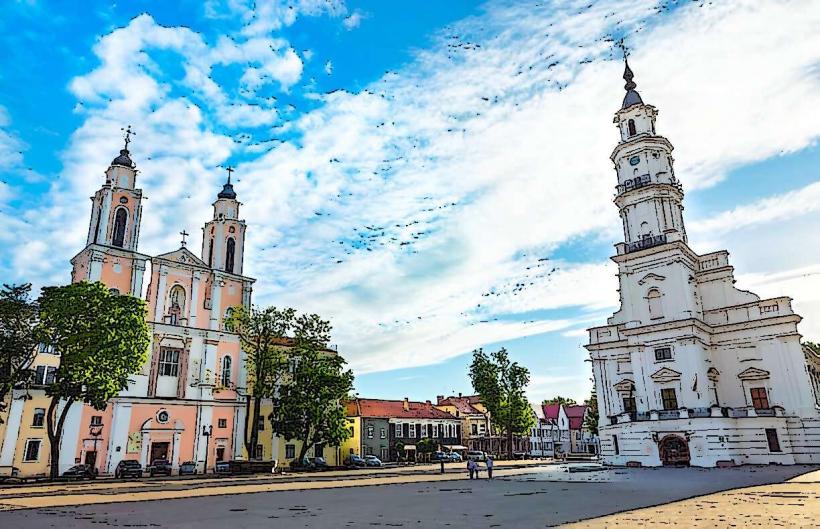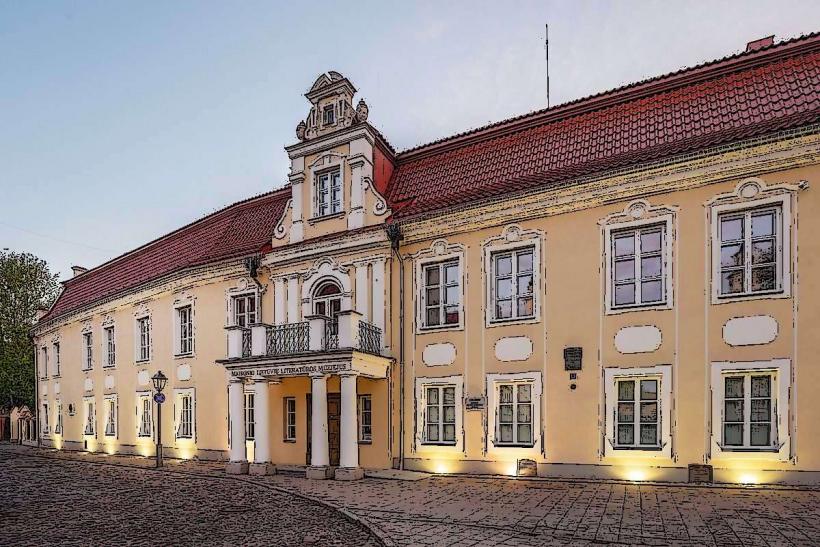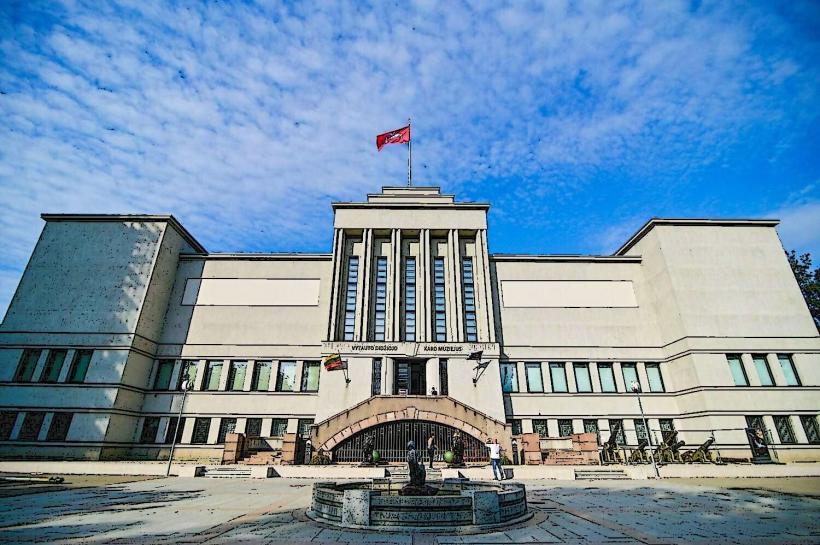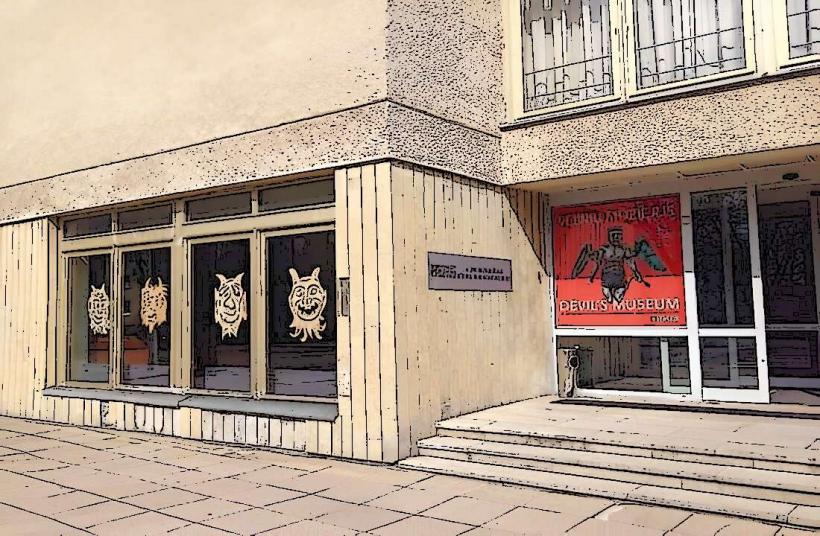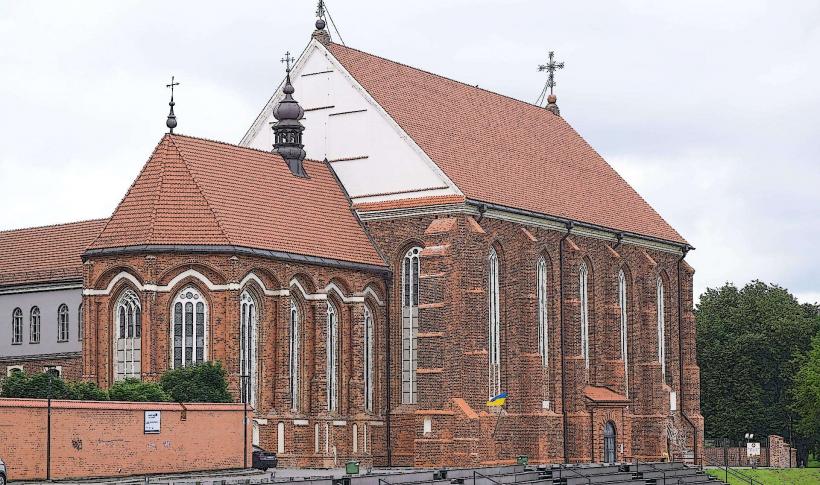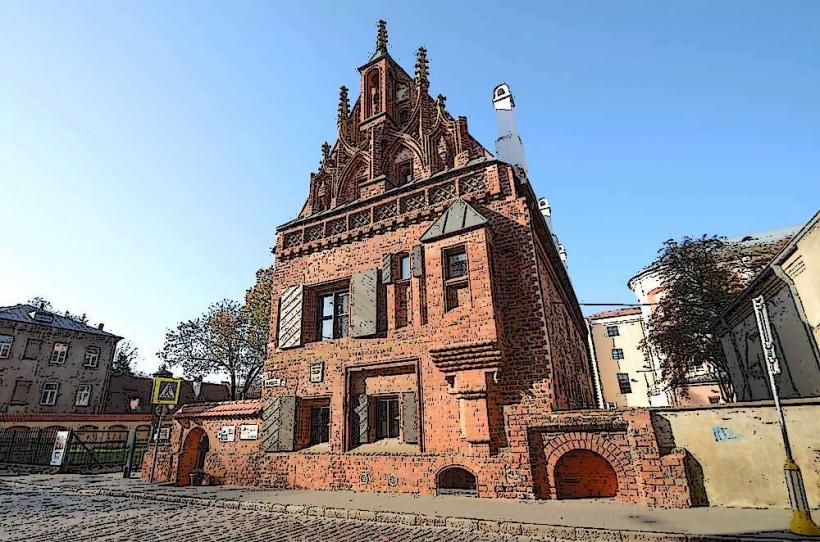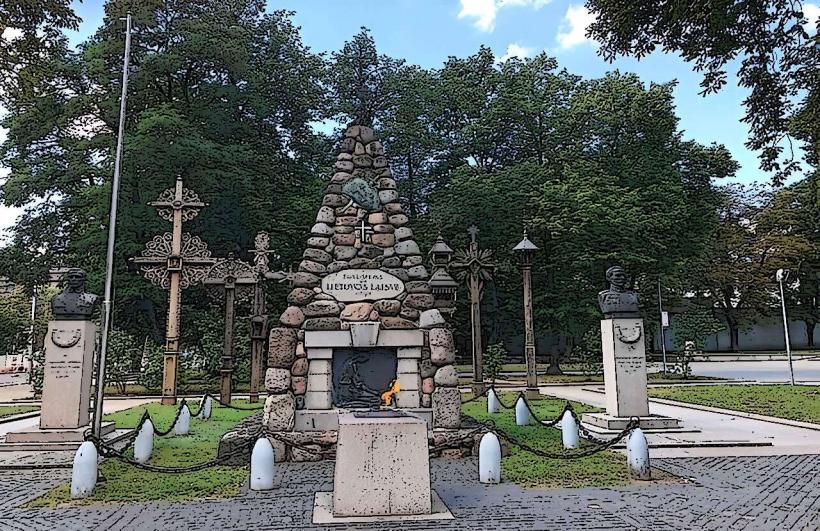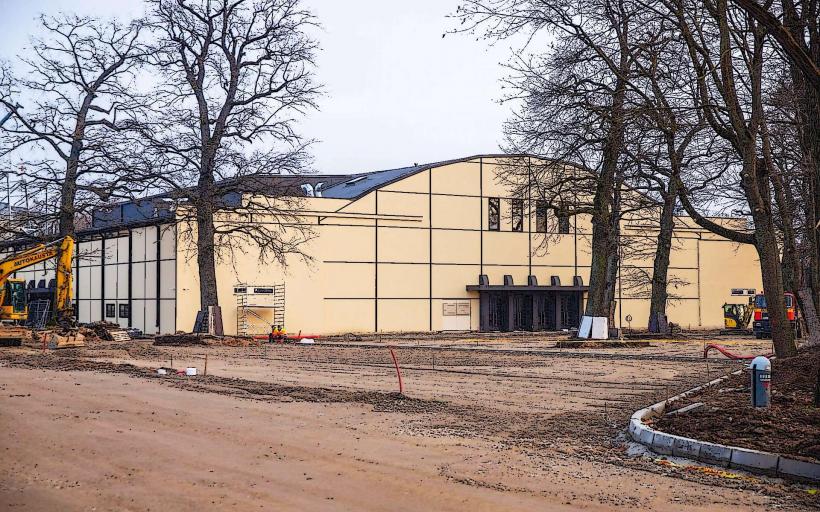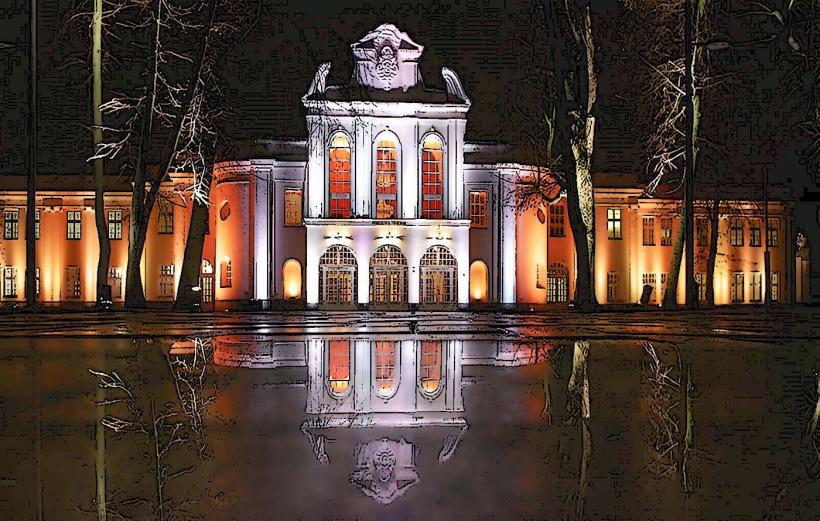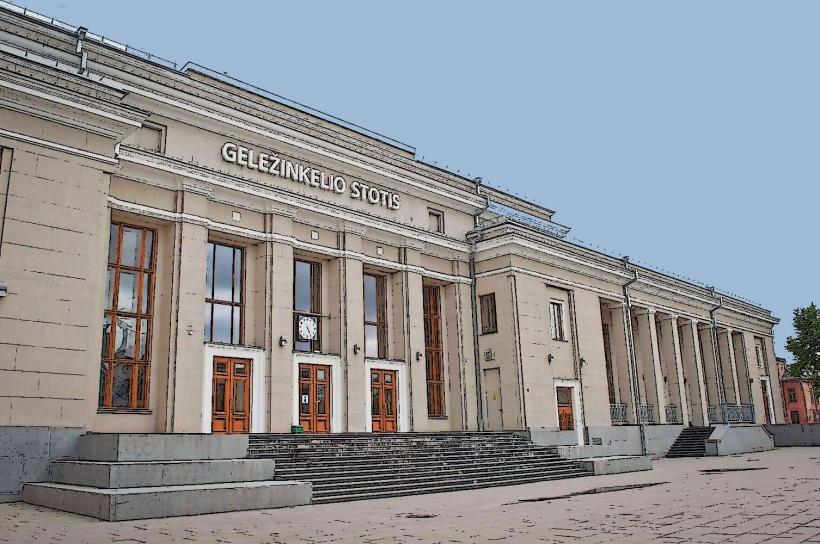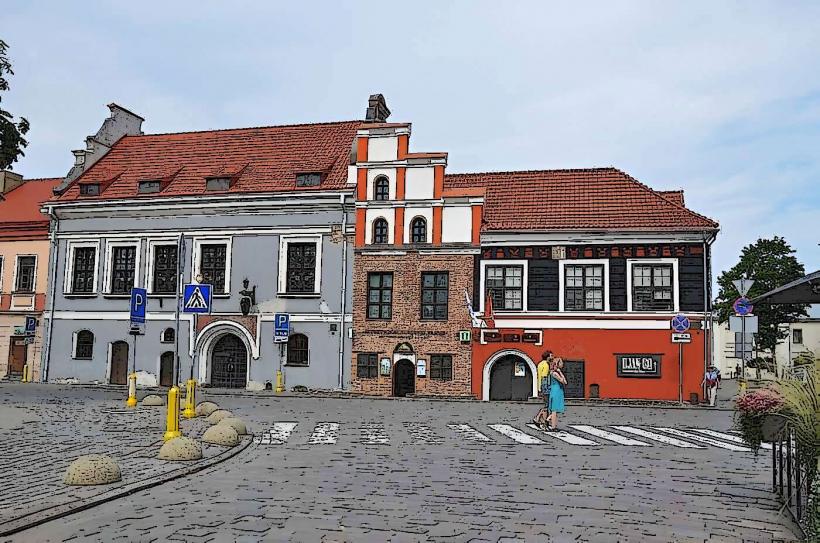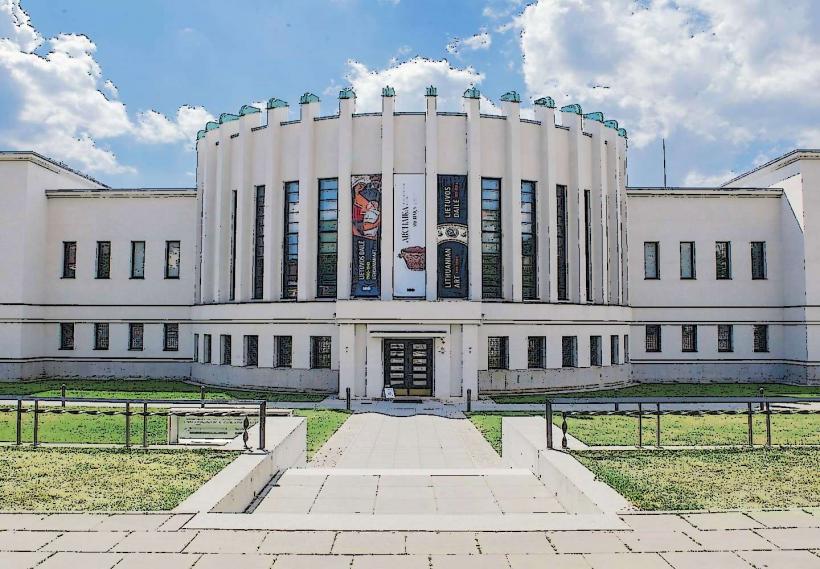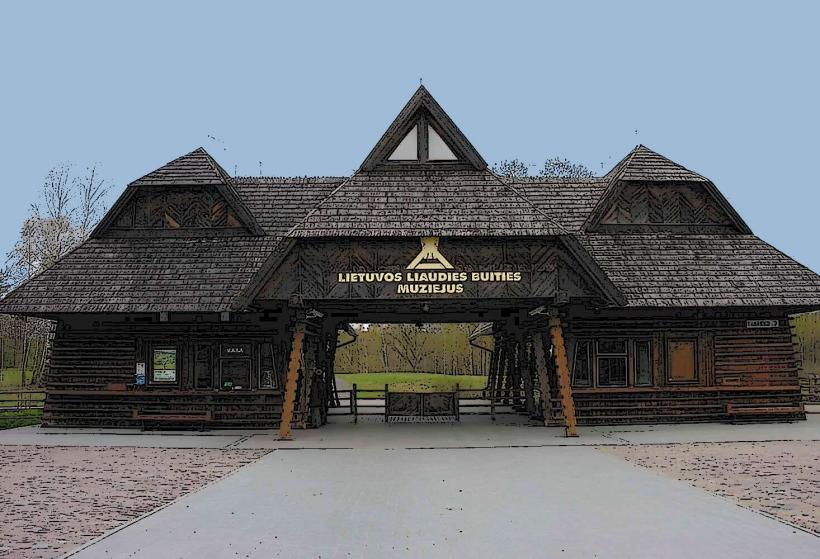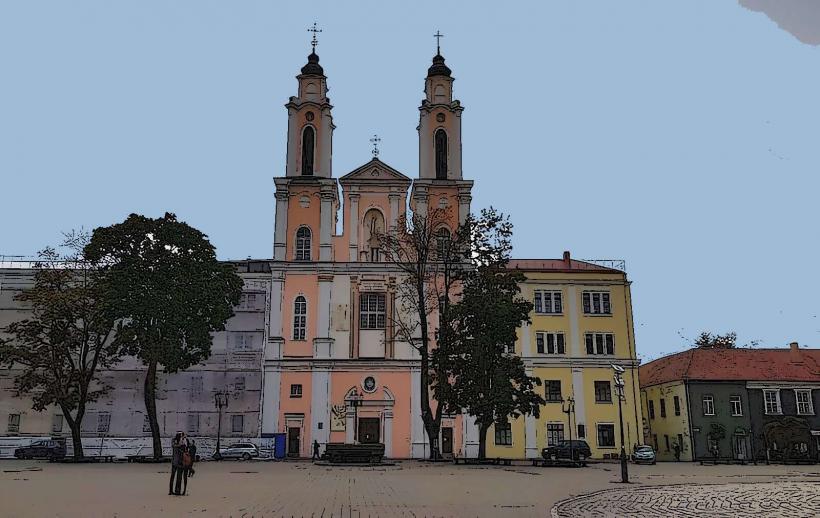Information
Landmark: Church of Holy TrinityCity: Kaunas
Country: Lithuania
Continent: Europe
The Church of the Holy Trinity (Lithuanian: Švč. Trejybės bažnyčia) in Kaunas is a historical gem that combines architectural beauty with spiritual significance. Situated in the heart of the city's Old Town, it is part of a monastic complex and offers visitors insight into Kaunas' rich religious and cultural heritage.
Historical Background:
Foundation: The Church of the Holy Trinity was built in the 17th century by the Bernardine Sisters, a branch of the Franciscan order. The construction of the church began in 1624 and was completed in 1634. It was part of a larger monastic complex that included a convent and other facilities for the Bernardine nuns.
Role in Kaunas: The church and its accompanying monastery served as a spiritual and educational hub during its early years. The Bernardine nuns were deeply involved in religious life and community work, including teaching and charity efforts in the city.
Soviet Era and Restoration: During the Soviet occupation, the church, like many other religious buildings in Lithuania, was repurposed and fell into neglect. After Lithuania regained independence in 1990, restoration work began to revive its historical and spiritual importance.
Architecture:
The Church of the Holy Trinity is a fine example of Baroque architecture with some elements of the Gothic style, reflecting its construction period's transitional architectural trends.
Exterior:
- The church’s facade is relatively simple yet elegant, featuring subtle Baroque details such as pilasters, niches, and ornamental decorations.
- A bell tower is attached to the structure, adding to its vertical prominence in the Old Town skyline.
Interior:
- The interior is richly decorated with Baroque altars, ornamental stucco, and frescoes that reflect the religious and artistic sensibilities of the era.
- The main altar is a masterpiece, adorned with intricate carvings and featuring depictions of the Holy Trinity.
- Side chapels contain altars dedicated to various saints, contributing to the church’s spiritual ambiance.
Monastic Complex:
The Church of the Holy Trinity is part of a larger Bernardine Sisters Monastery, which was historically significant for its role in the city’s religious and educational life. The convent was a secluded space where nuns lived and worked, contributing to the preservation of Lithuanian culture and faith during challenging historical periods.
Significance:
Spiritual Importance: The church continues to serve as a place of worship and is an active part of the Roman Catholic community in Kaunas. Regular masses and religious ceremonies are held, attracting both locals and visitors.
Cultural Heritage: The Church of the Holy Trinity is a valuable piece of Kaunas' architectural and historical heritage. It represents the Baroque style's introduction in Lithuania and the enduring influence of Catholicism in the region.
Tourist Attraction: Its location in the picturesque Old Town makes it a popular stop for tourists exploring the historical and cultural landmarks of Kaunas.
Visitor Information:
Location: The church is situated in Kaunas Old Town, making it easily accessible on foot from other nearby attractions like the Kaunas Town Hall and Perkūnas House.
Opening Hours: The church is typically open to visitors during the day, especially around religious services. It is advisable to check ahead if you plan to visit for sightseeing or historical exploration.
Admission: Entry to the church is generally free, but donations are welcome to support its maintenance and restoration efforts.
Why Visit?
The Church of the Holy Trinity offers a unique blend of history, art, and spirituality. Whether you're drawn to its Baroque architecture, interested in its historical significance, or seeking a peaceful place for reflection, the church provides a meaningful and enriching experience.
Conclusion:
The Church of the Holy Trinity stands as a testament to Kaunas’ religious and architectural history. Its serene atmosphere, beautiful interiors, and historical significance make it a must-visit destination for those exploring the city's rich cultural heritage.


